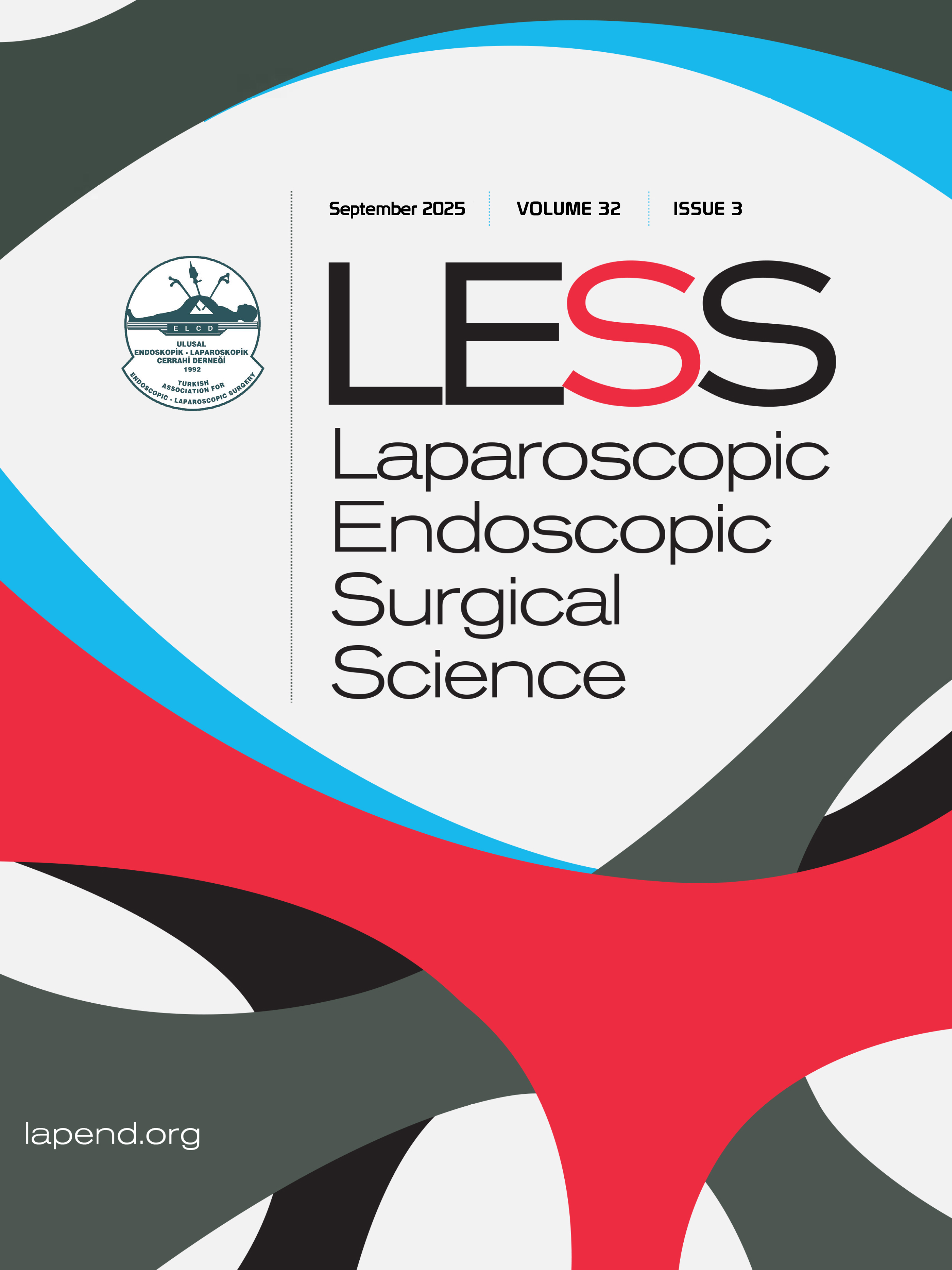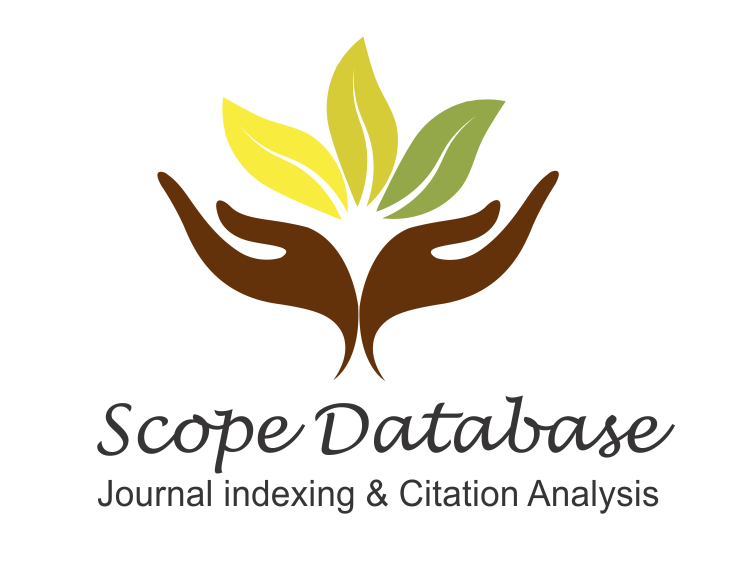Comparison of the effects of endoscopic intragastric balloons: A single-center study
Burak Yalçın Kara1, Yahya Özel2, Süleyman Çağlar Ertekin3, Samet Yardımcı41Department of General Surgery, Bahcesehir University, Istanbul, Türkiye2Department of General Surgery, Dogus University, Istanbul, Türkiye
3Department of General Surgery, Altinbas University, Izmir, Türkiye
4Department of General Surgery, Istinye University, Istanbul, Türkiye
INTRODUCTION: Obesity is a major health care problem and one of the sustained solutions of obesity is bariatric surgery and bariatric endoscopic procedures. An endoscopic intragastric balloon (IGB) is a procedure for achieving weight loss in obese patients. This study evaluated the effects of two types of endoscopic IGBs and compared their outcomes at our center.
METHODS: This retrospective analysis included patients who had endoscopic IGBs between 20212024 and recorded their demographic data: age, gender, weight, height, and body mass index (BMI). The patients were divided into two groups according to balloon typeadjustable IGB and non-adjustable IGBto compare their weight loss, excess weight loss percentage (EWL%), and total weight loss percentage (TWL%). We also analyzed initial balloon volume, increase in balloon volume, balloon intolerance, and balloon complications.
RESULTS: Among the 93 patients included, 50 had non-adjustable IGBs, and 43 had adjustable IGBs. Their mean age was 34.9±8.8 years, 82.8% were women, and the mean BMI was 32.7±4.2 kg/m2. Eight patients (8.6%) removed the balloon due to intolerance. The mean weight loss was 9.1±7.6 kg, the mean TWL% was 9.9±7.9, and the mean EWL% was 42.6±66%. IGBs achieved sufficient weight loss (p<0.00), with no significant difference in weight loss, EWL%, or TWL% changes found between the adjustable IGB and the non-adjustable IGB groups. Furthermore, no relationship was observed between balloon type or initial balloon volume in patients with early removal. No major complication was observed.
DISCUSSION AND CONCLUSION: Endoscopic IGBs achieved significant weight loss in patients with obesity, with low complication rates and no significant difference in weight loss between adjustable or non-adjustable IGBs of different volumes.
Keywords: Bariatric Endoscopy, Endoscopic Balloon, Intragastric Balloon, Weight Loss
Manuscript Language: English















